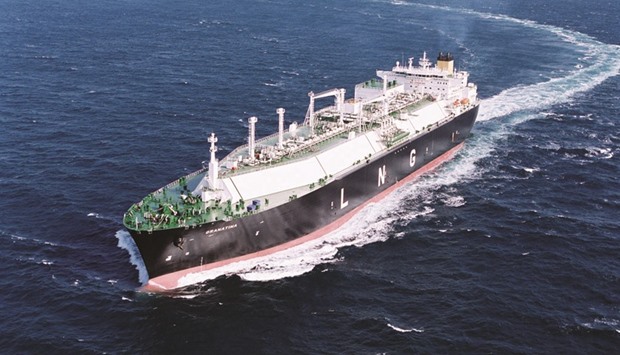Global flows of liquefied natural gas (LNG) are set to change as the growth in a supply glut will peak in 2018 because of new production from Australia and the US, energy consultancy PIRA Energy Group said.
The growth in Australian and US LNG supplies means traditional trade flows such as Qatari exports to Asia could end up being diverted to other destinations, PIRA Energy’s head of global gas and power, Ira Joseph said in an interview.
Mega projects such as Inpex’s 8.9mn tonnes a year (mtpa) Ichthys LNG plant in Australia will directly add to regional supplies.
The project is scheduled to commence first production next September.
Following the expansion in Australian production, a second phase of growth in 2018 will come from new US LNG production that totals around 27 mtpa.
“The Asian market is going to be long relative to the Atlantic basin market in 2017 and 2018,” Joseph said. “Australian volumes are going to increase and the region itself will need less net imports from other regions.”
Asia remains a key market for Qatar as the region accounted for around two-thirds of Qatari exports of 66.9mn tonnes in the first 10 months of this year, Thomson Reuters Eikon data shows.
Qatar, the world’s largest LNG exporter, will be faced with the major decision about where to sell its cargoes after new Australian supplies enter the Asian market, Joseph said.
“(Qatar will have to decide) whether it is going to divert to other markets in order to defend prices in Asia to make sure prices don’t fall,” Joseph said, adding the cargoes bound for Asia could be sold to Europe, the Middle East and South America.
The deepening supply glut is also casting doubt on the fate of traditional long-term contracts as buyers who are now faced with ample supply options may see little value in committing to such volumes.
Japan’s Jera, the world’s biggest LNG importer, has plans to cut the amount of gas it buys under long-term contracts by 42% by 2030, while Osaka Gas may not sign new long-term contracts for the next few years as the market shifts towards more active spot trade.
“The industry needs long-term contracts to grow. The size of these contracts is really the issue,” Joseph said, adding that by 2020, new contracts signed will become more flexible and have smaller volumes than before.

Global flows of liquefied natural gas are set to change as the growth in a supply glut will peak in 2018 because of new production from Australia and the US, says consultancy PIRA Energy Group


